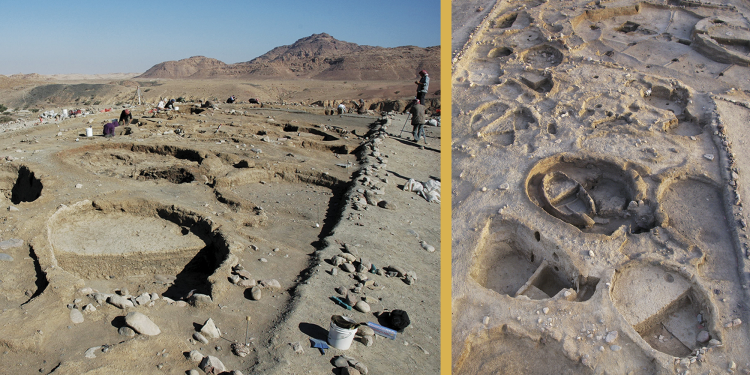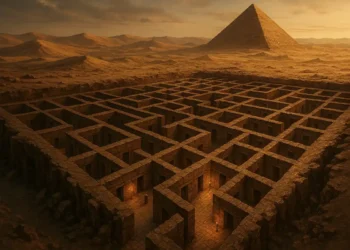Of all the truly ancient sites on Earth, most of us who follow archaeology and history are familiar with Göbekli Tepe, an ancient site believed to date back some 12,000 years, located in present-day Anatolia, Turkey. The site is unprecedented for more reasons than one, but primarily because of its complexity and size. Although it was discovered more than three decades ago, we have only managed to excavate only around 5% of the entire complex. But this piece isn’t about Göbekli Tepe. It is about an ancient site discovered almost three decades ago, dating back to around 12,000 years ago. Unlike Göbekli Tepe’s catchy name, this site is known as WF16 or Wadi Faynan 16.
The 12,000-Year-Old Ancient site You Probably Never Heard About
In 1996, archeologists stumbled across the site when they identified flint tools and large stone mortars on the surface of a knoll. The site is located in present-day Jordan, not far from a steep climb to the Jordanian Plateau. Its importance resides in the fact that it is home to some of the most ancient development of the Neolithic, featuring a clear sešparation from hunting and gathering food to the production of food, a sedentary lifestyle, and a community. Excavations eventually revealed numerous workshops, houses, and public spaces for communal activities such as religious or ceremonial rites.
A Dense cluster of semi-subterranean structures
Excavations of the site revealed, to the surprise of archaeologists, a dense cluster of half-buried oval structures which have been dated back to between 12,000 and 10,000 years ago. The site is believed to have reached its peak around 11,200 years ago. The structures were intricately covered with mud and plant mixture, which helped keep the structures firmly in place. This material was used for the walls that supported flat wooden roofs and other buildings at the site. The structures at WF16 vary in size, suggesting specific uses for each building. Some were used for domestic activities, and others for storage and workshops. But one structure stands out. It is perhaps one of the first amphitheater-like structures ever found.
Different structures for different purposes
Excavations of the structure suggest that there were specific buildings whose purpose was designed for the storage of grains and wild plants. Researchers believe this indicates that this ancient society undertook the first steps towards cultivation already 12,000 years ago. Archaeological excavations also reveal that the site’s residents used fig and pistachio trees. Wadi Faynan 16 also revealed bone fragments of wild goats, an indication that led experts to believe these animals were selectively hunted to avoid the animals of going extinct. Additionally, this ancient society also hunted animals such as foxes and used their furs to produce, among other things, clothing. Animal feathers and bone fragments tell us that the site’s inhabitants also produced ornaments, some of which may have been used for ritualistic purposes.
Traces of an “advanced” society
But the best indicator of the level of advancement of this ancient society at Wadi Faynan 16 is the many craft activities amply present at the site, most notably the use of malachite copper ore. This material was used to produce stone beads. In addition, archaeologists have also discovered shells originating not only from the Red Sea but also from the Mediterranean. This suggests the site received visitors from afar. More importantly, scientists have also discovered funerary practices at the site. Excavations revealed a cemetery built into the surface where the bodies of the deceased were placed. The position in which the bodies were placed suggests that the society practiced ritualistic burials. Some bodies were placed into the ground with bones missing. Other burials contained additional bones, some of which were painted and even wrapped in bundles.
Have something to add? Visit Curiosmos on Facebook. Join the discussion in our mobile Telegram group. Also, follow us on Google News











